FROM OUR CHICAGO ISSUE: A COMPLETELY INCOMPLETE HISTORY OF CHICAGO FASHION

The entire MR team is proud to present our February 2024 issue. If you don’t have a hard copy, please page through a digital version at Issuu. We’ll continue to post individual stories here on MR-mag.com. If you haven’t been getting MR in print, be sure that you are on our mailing list for future issues by completing this form.
We were thrilled when Chicago-based neckwear aficionado Lee Allison agreed to write our end page for the February issue, a timeline of the illustrious city’s fashion industry and influence. While it was timed to coincide with the Chicago Collective, the story is timeless, as is Allison’s amazing sense of humor. We proudly present the unabridged version of “A Completely Incomplete History Of Chicago Fashion.”
I got call from the mayor’s office. I’d met the mayor once before, in the late ’90s. He had seen an article about my upstart necktie company and invited me down to his office to say hello and congratulations. Nice guy. I was impressed that he bothered.
Several years later, I was invited to his office again, but this time I wasn’t alone. It was 2007, and I was one of a group of about 20 who were being invited to join the newly created Mayor’s Fashion Council. The mayor was getting serious about fashion, or at least wanted to look like it.
Chicago was trying to land a big prize – host city for the 2016 Olympics. I don’t claim to know the full story, but I think in its efforts to be chosen, Chicago assessed its strengths and weaknesses and decided that in addition to its world-renowned architecture, stunning lakefront, and excellent food scene, it didn’t stand out on the fashion front. To win the Olympic bid, it wouldn’t hurt for Chicago to beef up its fashion bona fides, and I was part of the crew chosen to help.
Because this fashion crew of ours never got much funding, the cynic in me thinks that by simply holding a press conference about the creation of the Mayor’s Fashion Council (MFC), Mayor Richard M. Dailey had largely achieved his goal – announcing to the national and global press that Chicago was now serious about fashion.1
Well, I’m sure you know that Chicago did not get the 2016 Olympics, but certainly not because we were short on fashion. (Rio de Janeiro won the bid, some say scandalously).
But the MFC lived on for nearly a decade, and during our tenure, we organized and hosted many a fashion show, created Chicago’s version of a Fashion Week, and with help from Macy’s2, established an incubator for designers that exists to this day.3
Truth be told, Chicago has been an essential place for fashion for nearly two centuries and continues to be so now.
And to prove it, here is a completely incomplete timeline of notable events in the history of Chicago fashion, with the emphasis where it should be…on the clothing.
1In a July 2007 New York Times article, a New York fashion director was quoted as saying, “It seem[s] an oxymoron for a city in the Midwest to have a fashion week.” To which I say, “Not very nice, New York!”
2Macy’s got a lot of grief for changing the venerable Marshall Field’s stores to Macy’s in 2006, so they were still feeling a little guilty, and thus very willing to be quite helpful with the Fashion Incubator.
3After the MFC’s first few years, I roped Trideep Das—of Jolly Browne—into joining the Council, and he became heavily involved with the Macy’s Incubator. So if you happen to be roaming the aisles of the Chicago Collective and see a large, loud, lovable brown man, high-five him.
(Author’s note — If anything below is inaccurate – unlikely but possible – blame the editors of MR, not me.)
1852 – Potter Palmer establishes a dry goods store, P. Palmer and Company, on Lake Street. Unlike many stores of the time, it focused on women and encouraged their patronage. It even instituted a “no questions asked” returns policy. (And you thought that was Nordstrom.)
1865 – Palmer’s ill health causes him to partner with Marshall Field.

1871 – The infamous Chicago Fire destroys much of the City, but a new metropolis quickly rises from the ashes.

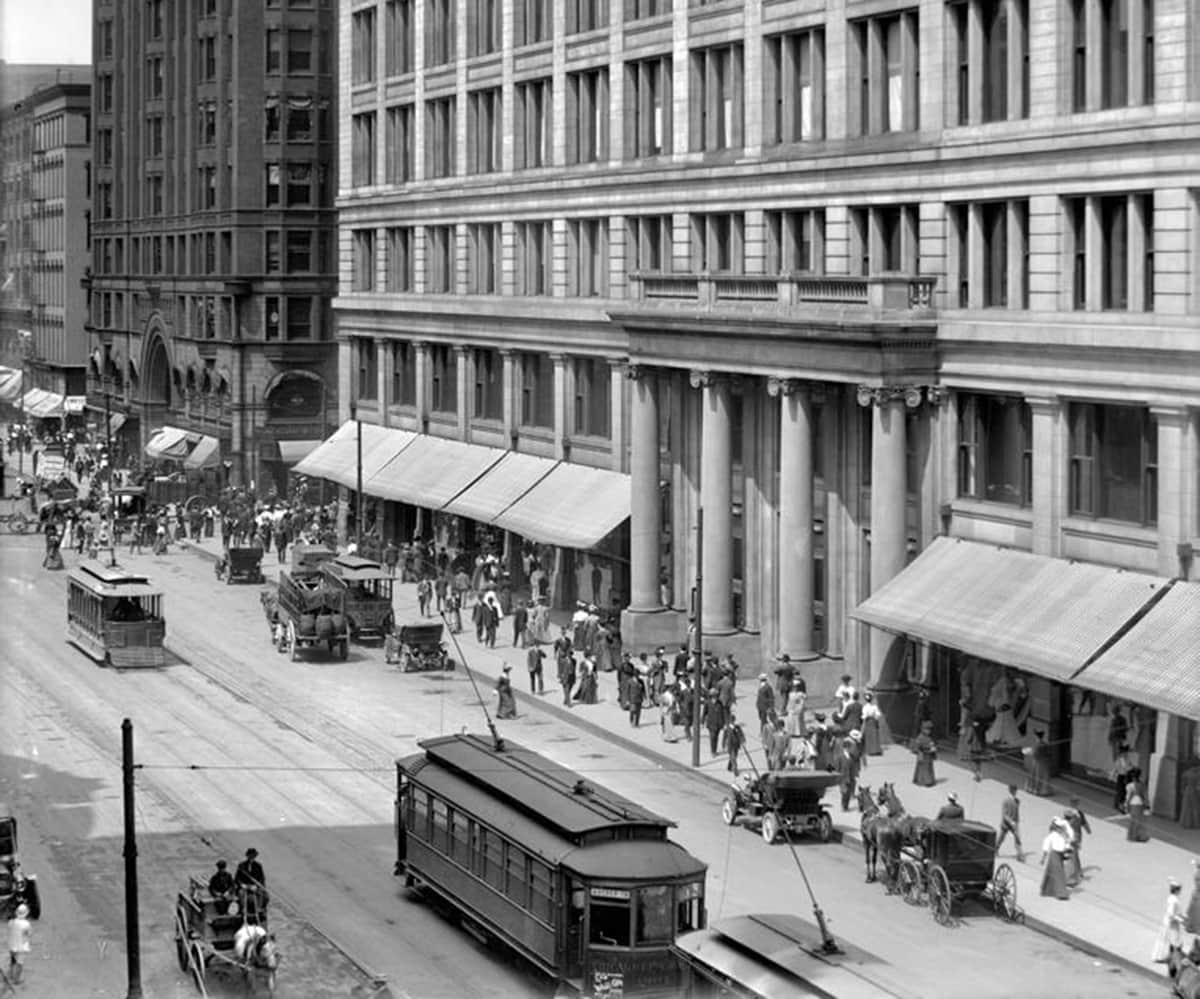
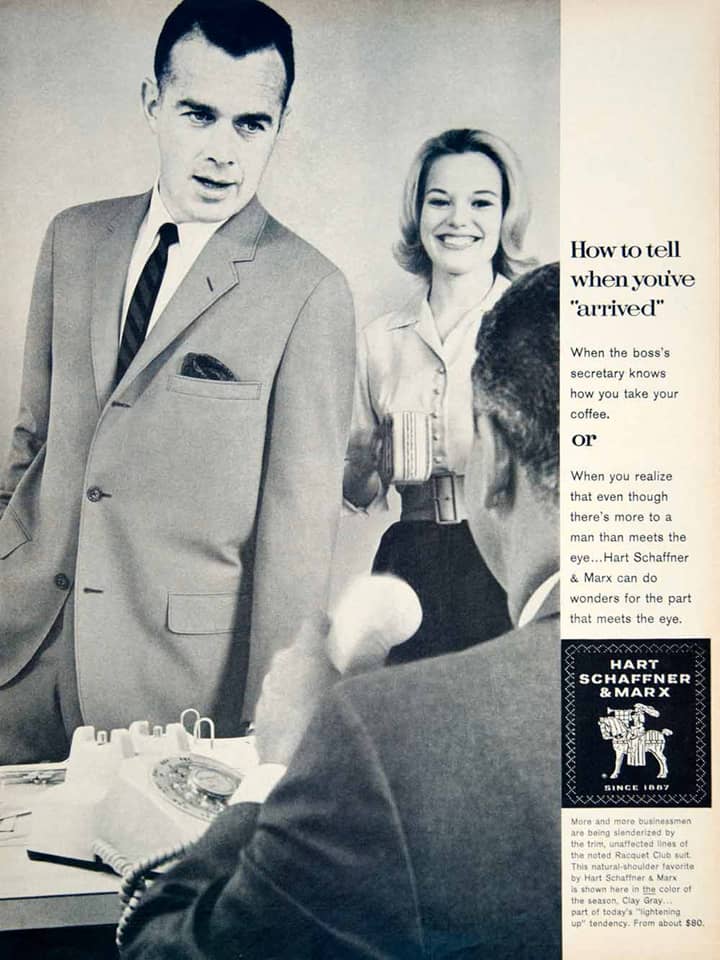
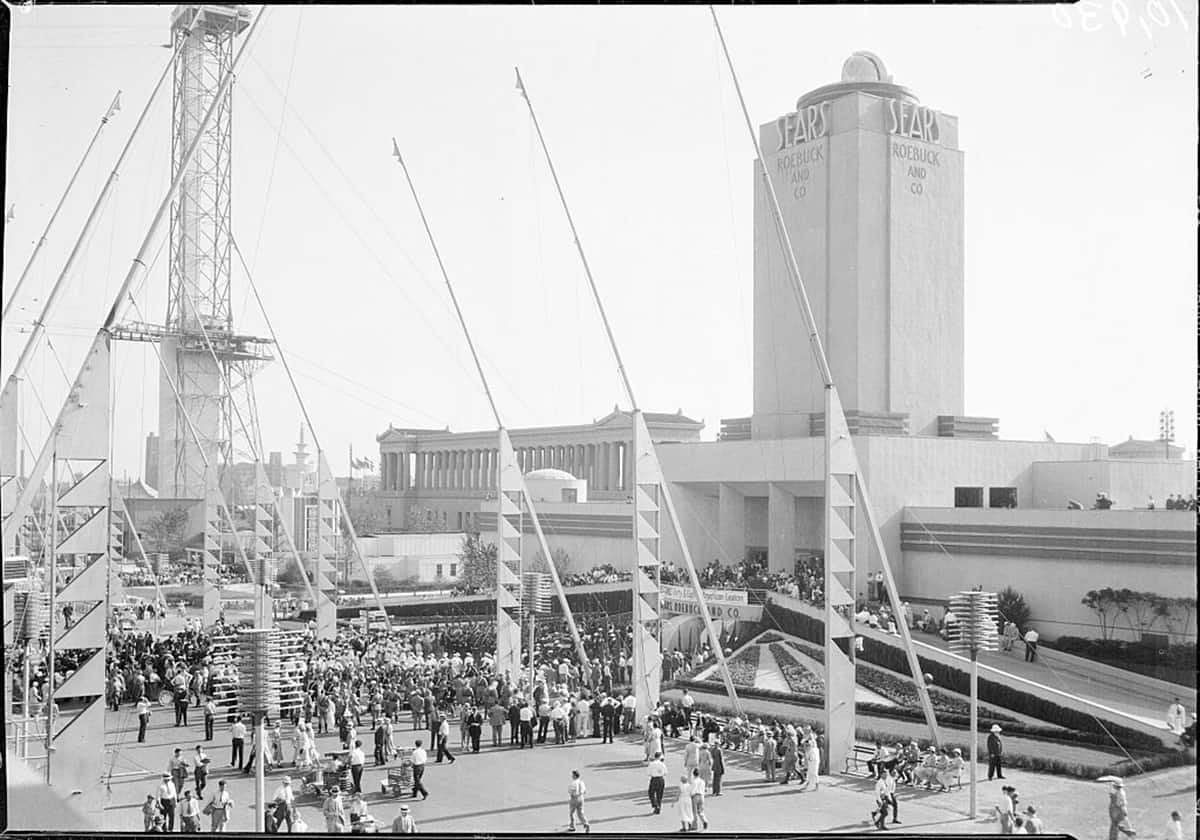
1893 – Sears Roebuck is founded, and becomes a formidable competitor to Montgomery Ward. Together, they eventually ship out LOTS of clothing to the rest of the country.
Turn of the Century – Chicago is the second largest production center for men’s clothing, accounting for roughly 15% of the nation’s output.
1907 – With the establishment of Essanay Studios, Chicago is Hollywood before Hollywood is Hollywood, and soon boasts the greatest number of production companies and filmmakers in the country and perhaps the world. Even if they don’t talk, stars like Charlie Chaplin and Gloria Swanson look glamorous on screen, and audiences want to look like the stars.
1920-33 – Prohibition. But SURPRISE! People still want to drink, and so gangsters fill the void. Al Capone and plenty of other characters make Chicago synonymous with organized crime, and post-prohibition Hollywood realizes the public can’t get enough of the mobsters, so a certain well-dressed gangster look is immortalized.

1920-40s – Jazz baby! And Chicago is at the center of it. With the Jazz Age comes the zoot suit with its high waist and wide legs, lapels, and shoulders. During the rationing for WWII, the suits are criticized as a wasteful use of wool cloth. In 1942, the War Production Board actually issues restrictions aimed at stopping the sale of zoot suits.
1930-60s –The movies moved west to California in the ’20s for better and more predictable weather, but the trains still come through Chicago, and on them are often movie stars traveling between New York and Los Angeles. An overnight stop in Chicago is de rigueur on these trips, and the ephemeral stars boost Chicago’s fashion image.
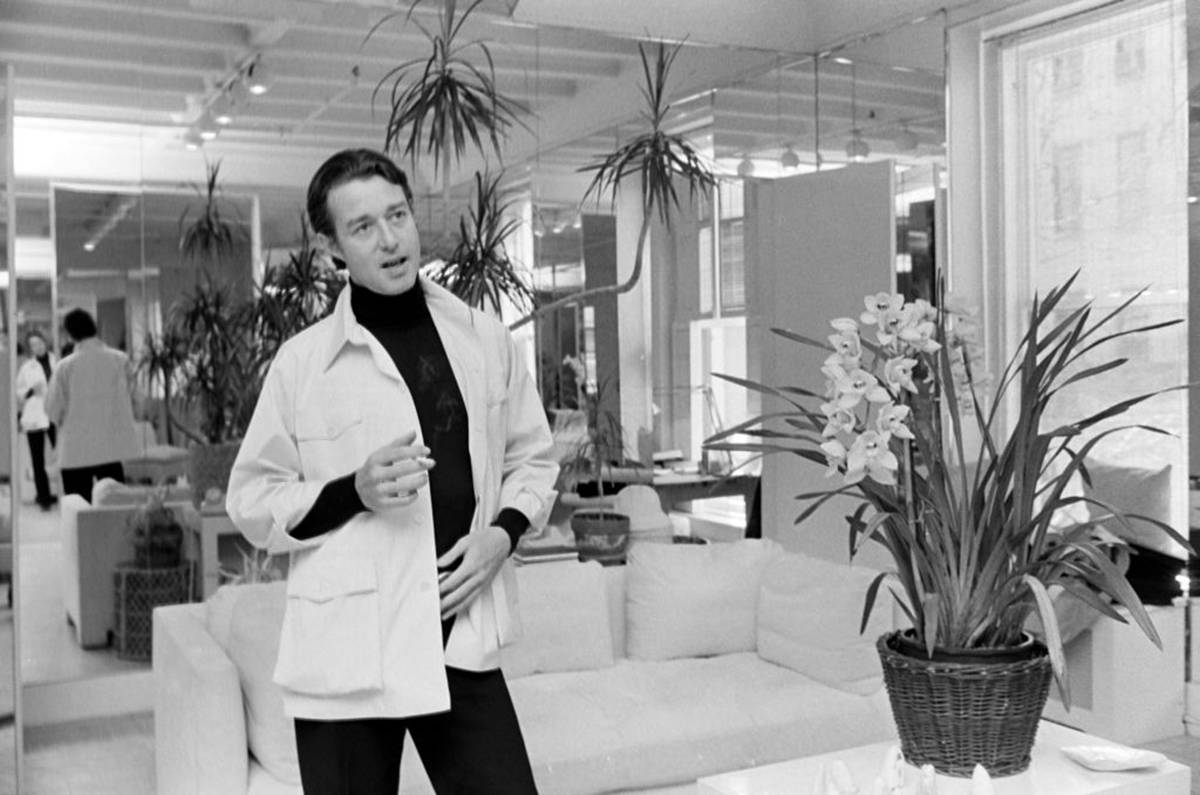
1958 – Milliner Roy Halston Frowick, graduate of the School of the Art Institute of Chicago, moves from Chicago to New York, and becomes Halston. Yep, that Halston.
1960-70s – Chicago becomes a hub for the civil rights movement, so cue up brightly colored suits, paisley shirts, and bell-bottoms. Add some platform shoes and PEACE!
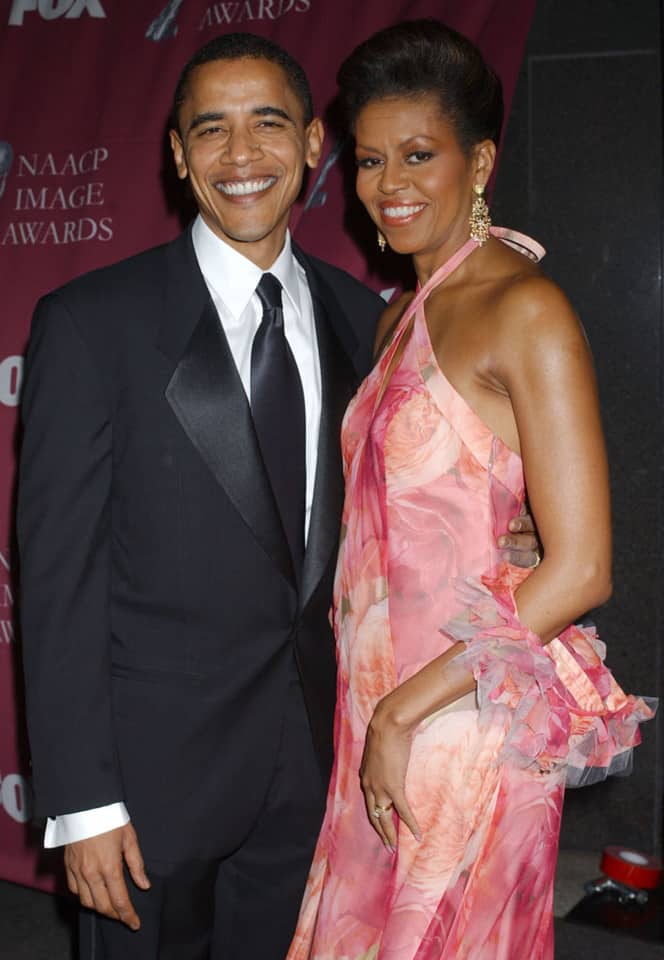
2008-16 – The Obamas dress well and look elegant. Chicago benefits from the attention.
2024 – Ta-da! Time flies.


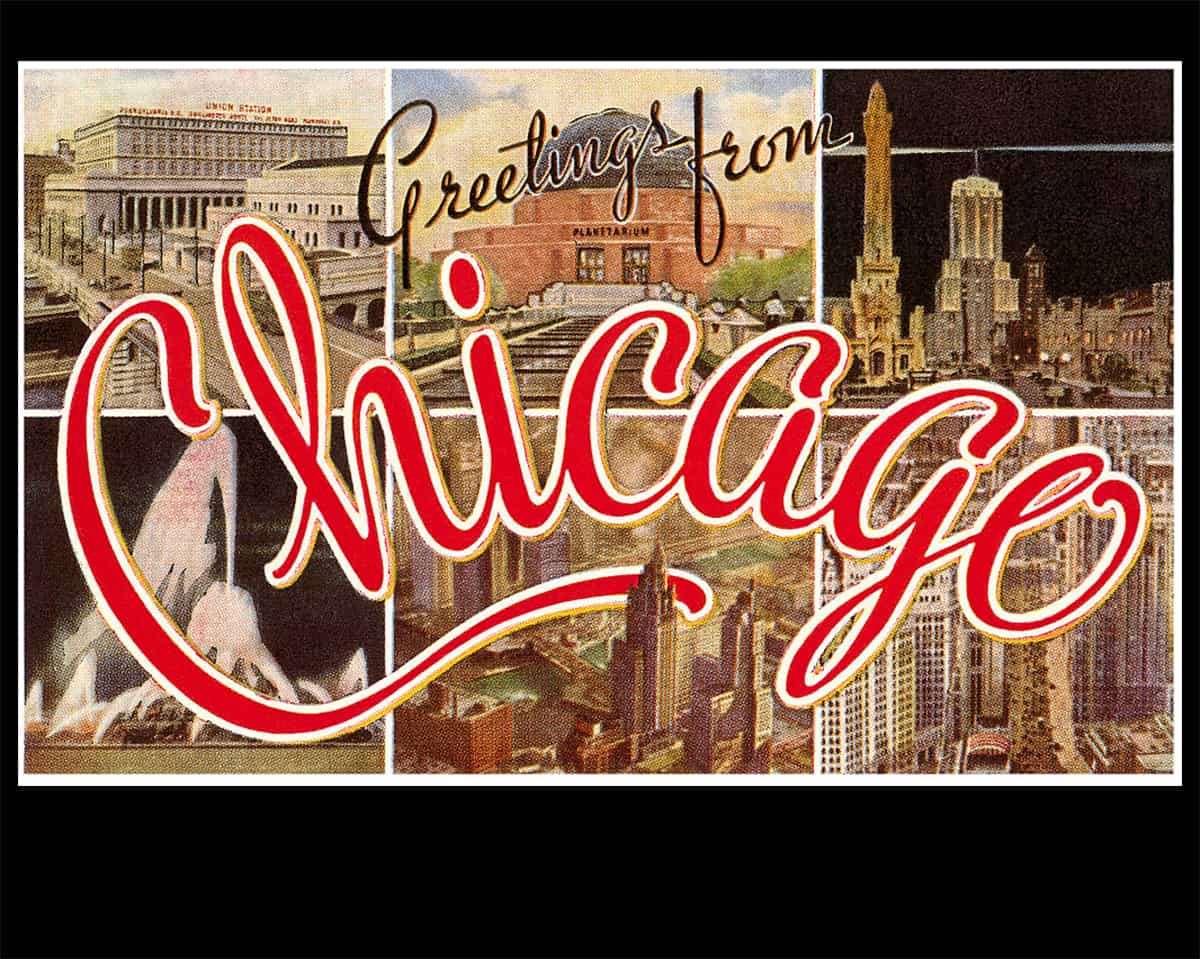
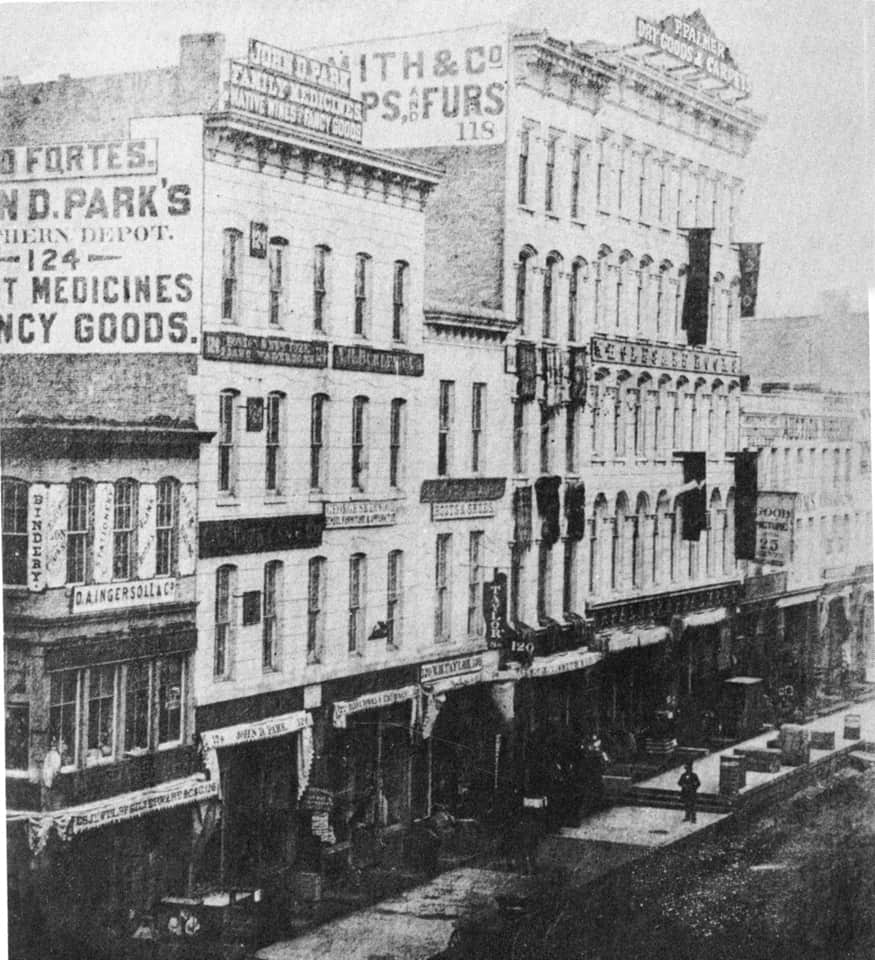






How can you compose an article about clothing in Chicago and not even mention Oxxford?